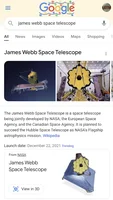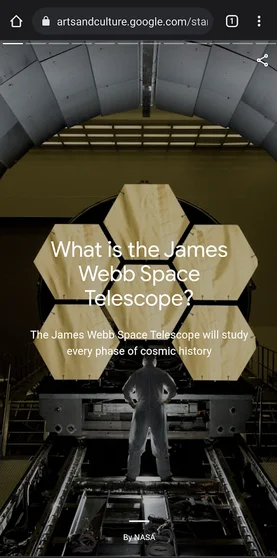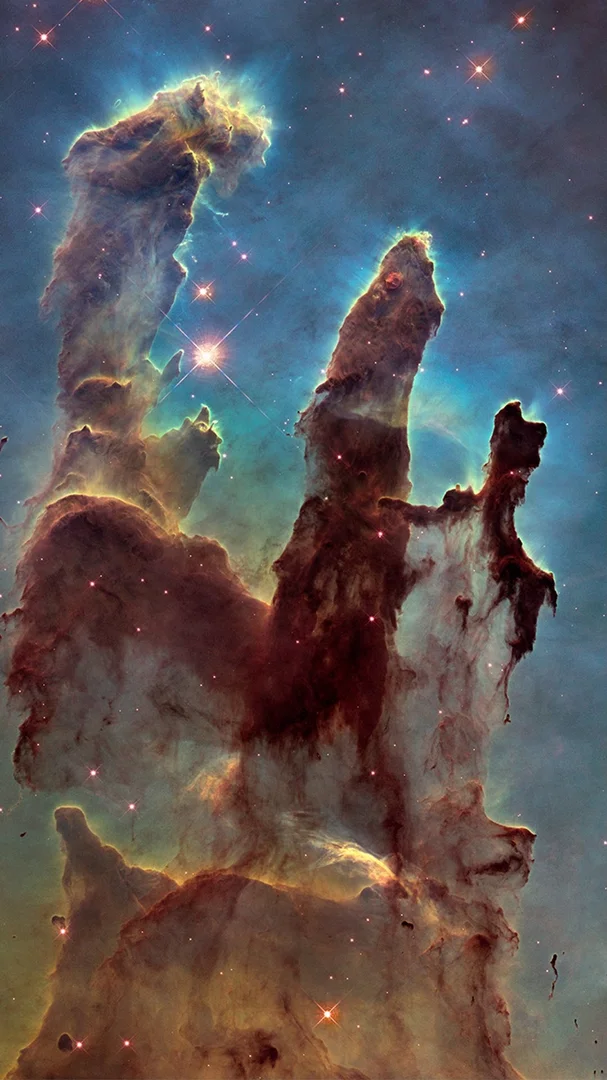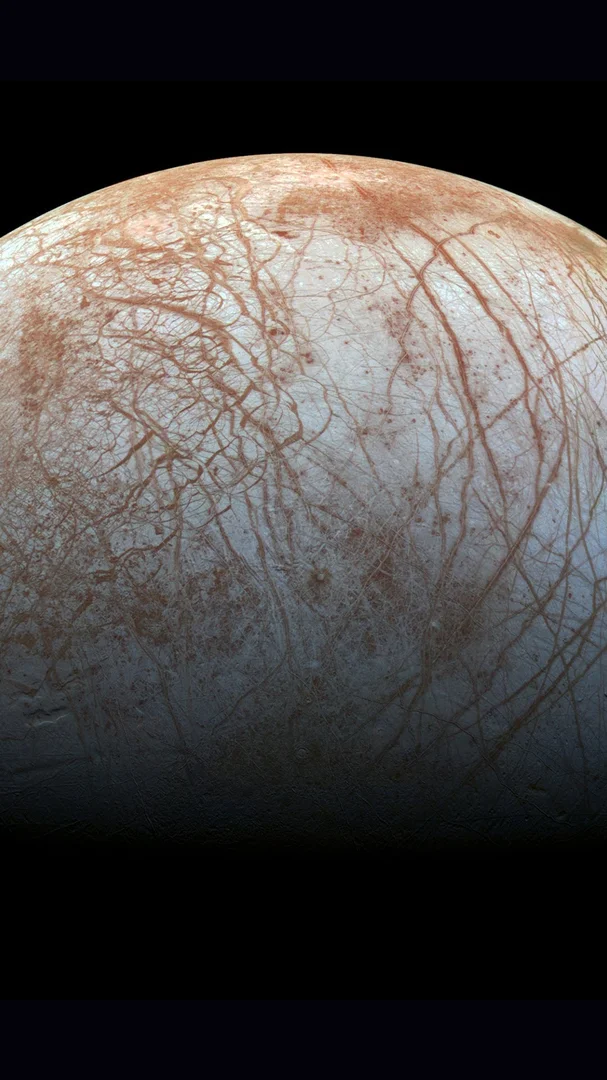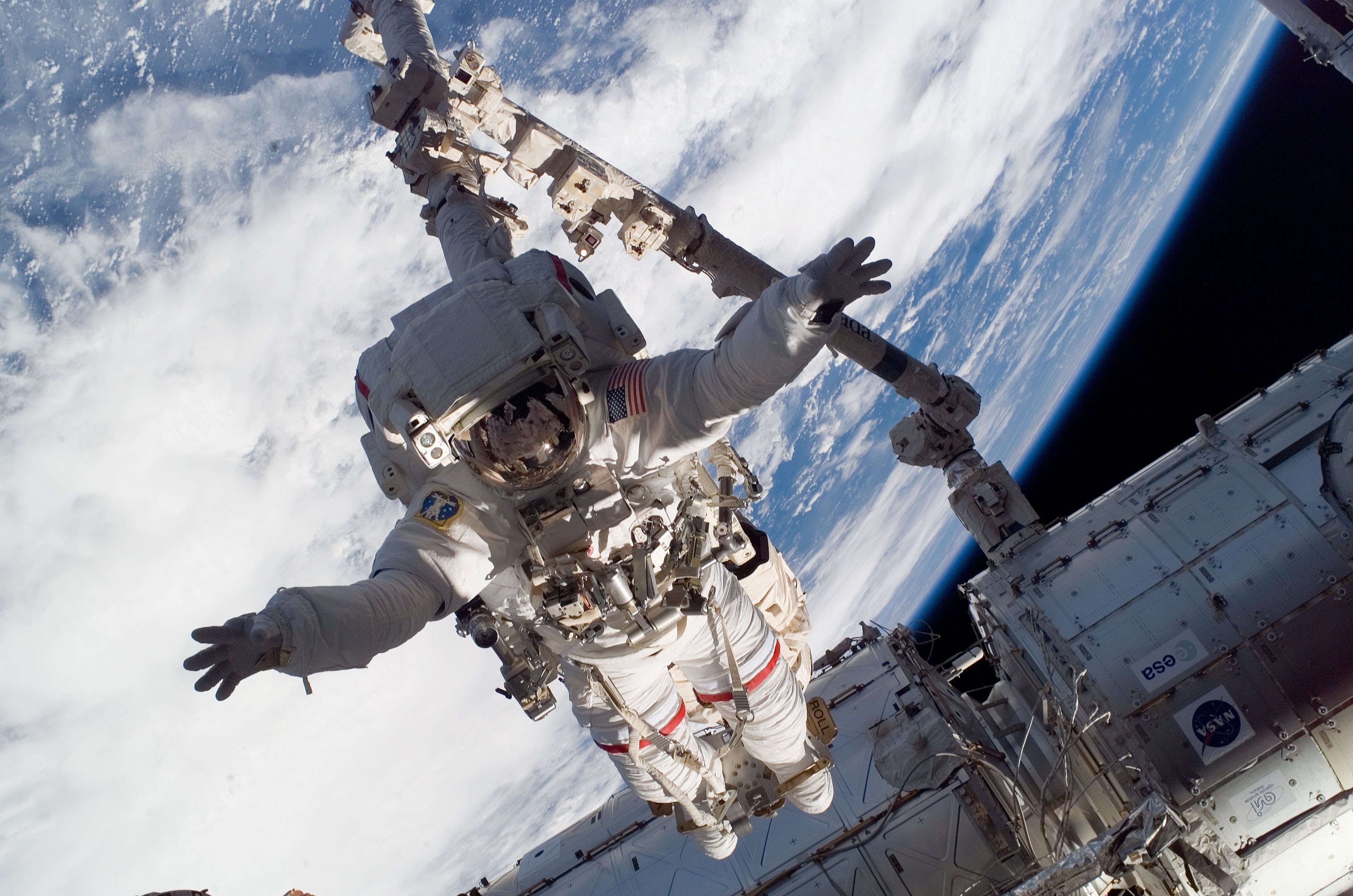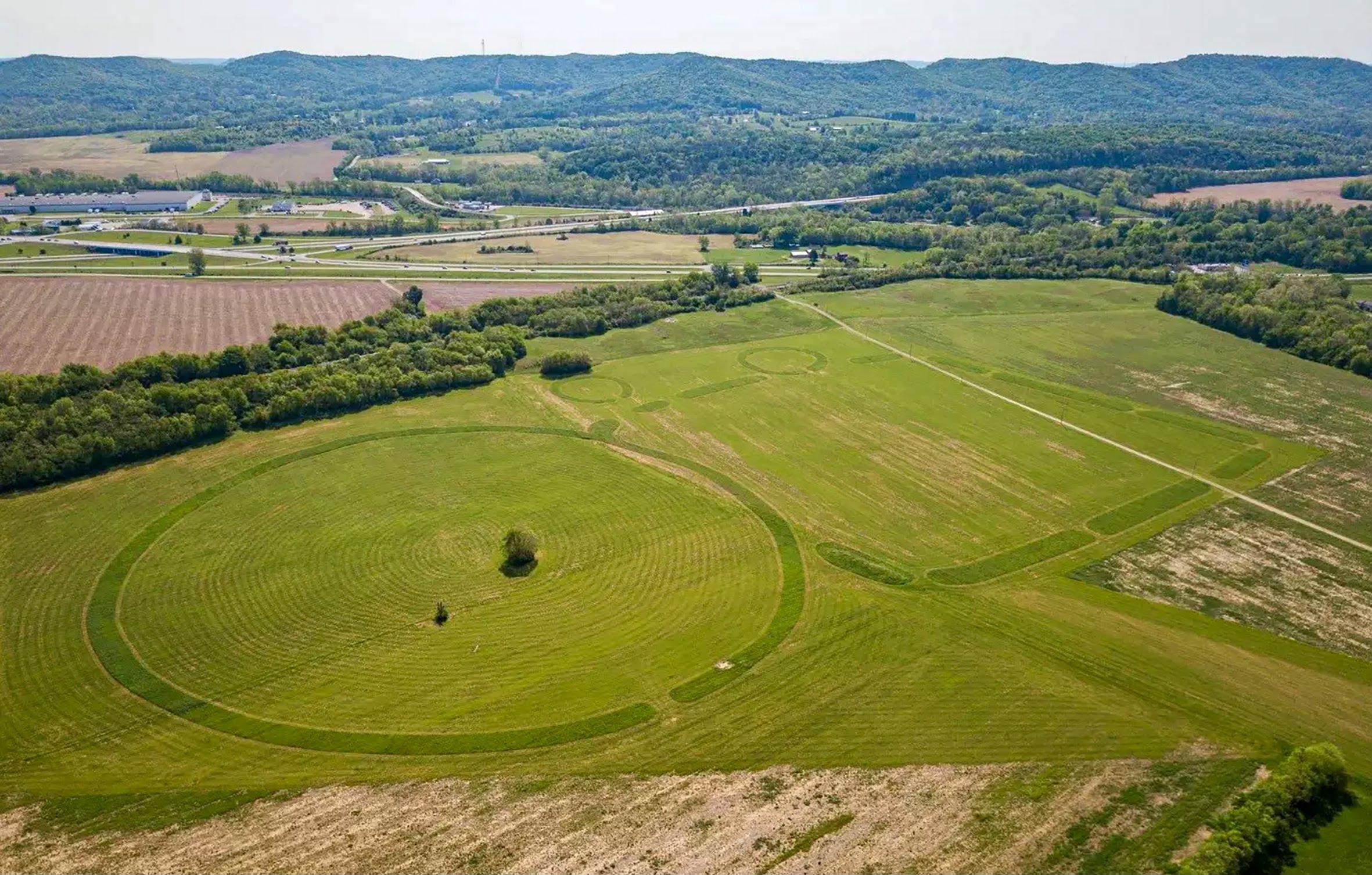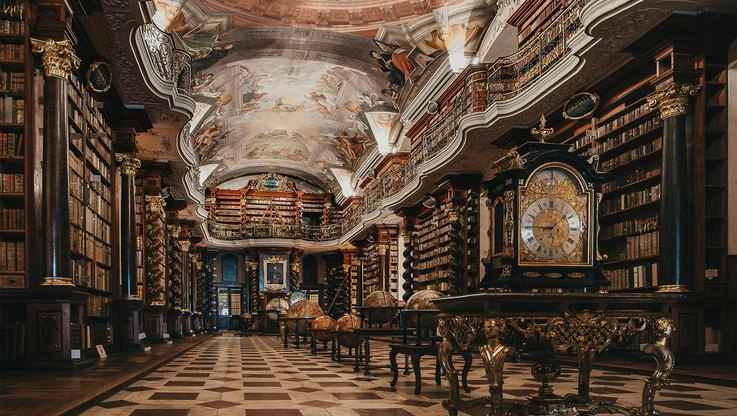The James Webb Space Telescope in your living room
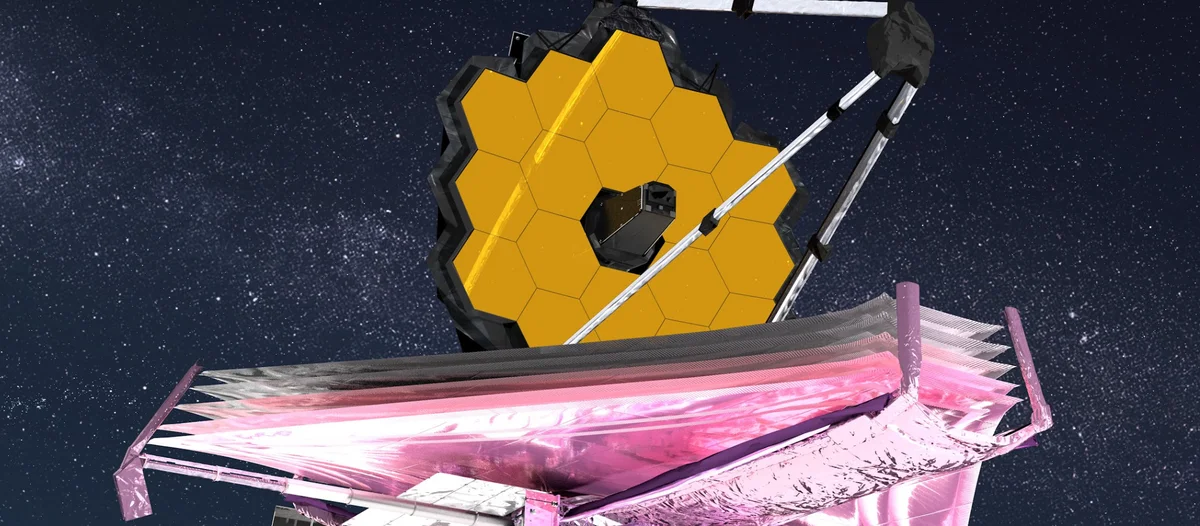
On December 22, the world’s biggest and most powerful space science telescope will launch from Kourou, French Guiana, providing an unprecedented glimpse of our universe. NASA’s James Webb Space Telescope, a partnership with the European and Canadian space agencies, will study every phase of cosmic history — from within our solar system to distant galaxies in the early universe. As an infrared telescope — using infrared light to detect celestial bodies — Webb’s scientific explorations will help us better understand the origins of the universe and our place in it.
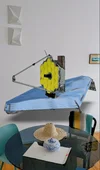
The James Webb Space Telescope in AR
To bring people closer to this engineering marvel — the telescope is three stories tall and as broad as a tennis court — Google Arts & Culture partnered with NASA to bring a 3D model of the telescope to Google Search. You can project the 3D model in Augmented Reality with your phone to explore it up close.
Zoom in to see its 18 ultra-sensitive primary mirror segments, covered with a golf ball’s mass of gold, which optimizes them for reflecting infrared light (the coating is so thin that a human hair is 1,000 times thicker). You can also get up close to the innovative sunshield that keeps the telescope cool, and check out the newly developed instruments that make measurements using the infrared light collected by the telescope’s mirror.
After launch, the telescope will unfold into its final shape. This process takes about two weeks. By a month after launch, the telescope will reach its extra-terrestrial destination a million miles from Earth. The telescope must then cool down in the shade of its sunshield, down to its cryogenic operating temperatures, under 50 Kelvin (-370 °F). The mirrors will be precisely aligned and the instruments calibrated. Approximately six months after launch, we’ll be ready for the telescope to capture images of space that we’ve never seen before.
According to Mike Menzel, lead NASA mission systems engineer for the telescope, “Webb is a first-and one-of-its-kind space telescope designed to detect the first galaxies that formed in our universe, observe how galaxies evolve over cosmic time, study the formation of stars and solar systems, and perform detailed observations of planets around other stars. It has been my privilege to be part of this team for the last 24 years. It is my sincere hope that I can someday say that I worked on the space telescope that detected the first-light galaxies, or detected the building blocks of life on a planet around another star. It is also my hope and expectation that this world-class facility will detect some cosmic phenomenon that is totally new and unexpected, which opens up a whole new field of astronomical research. If past history of space observatories, such as Hubble, are anything to go by, there is a very, very good chance of this.”
We hope you follow along on NASA’s Google Arts & Culture page, where we’ll be periodically sharing new stories and images from the telescope’s discoveries. And until then… check out 10 things to know about the James Webb Space Telescope and enjoy the 3D model!
